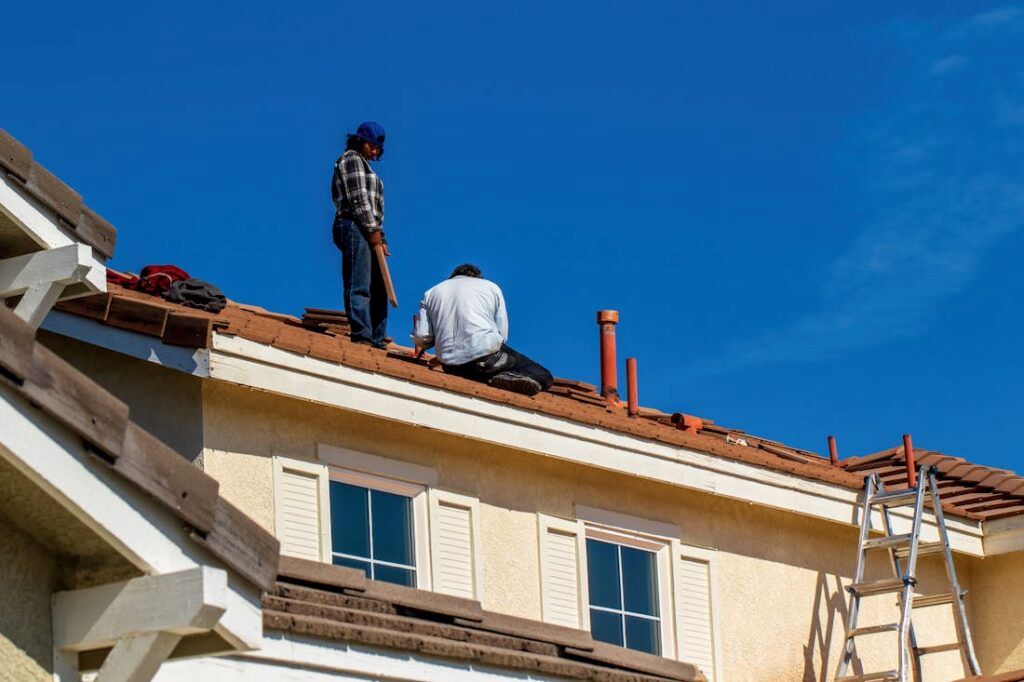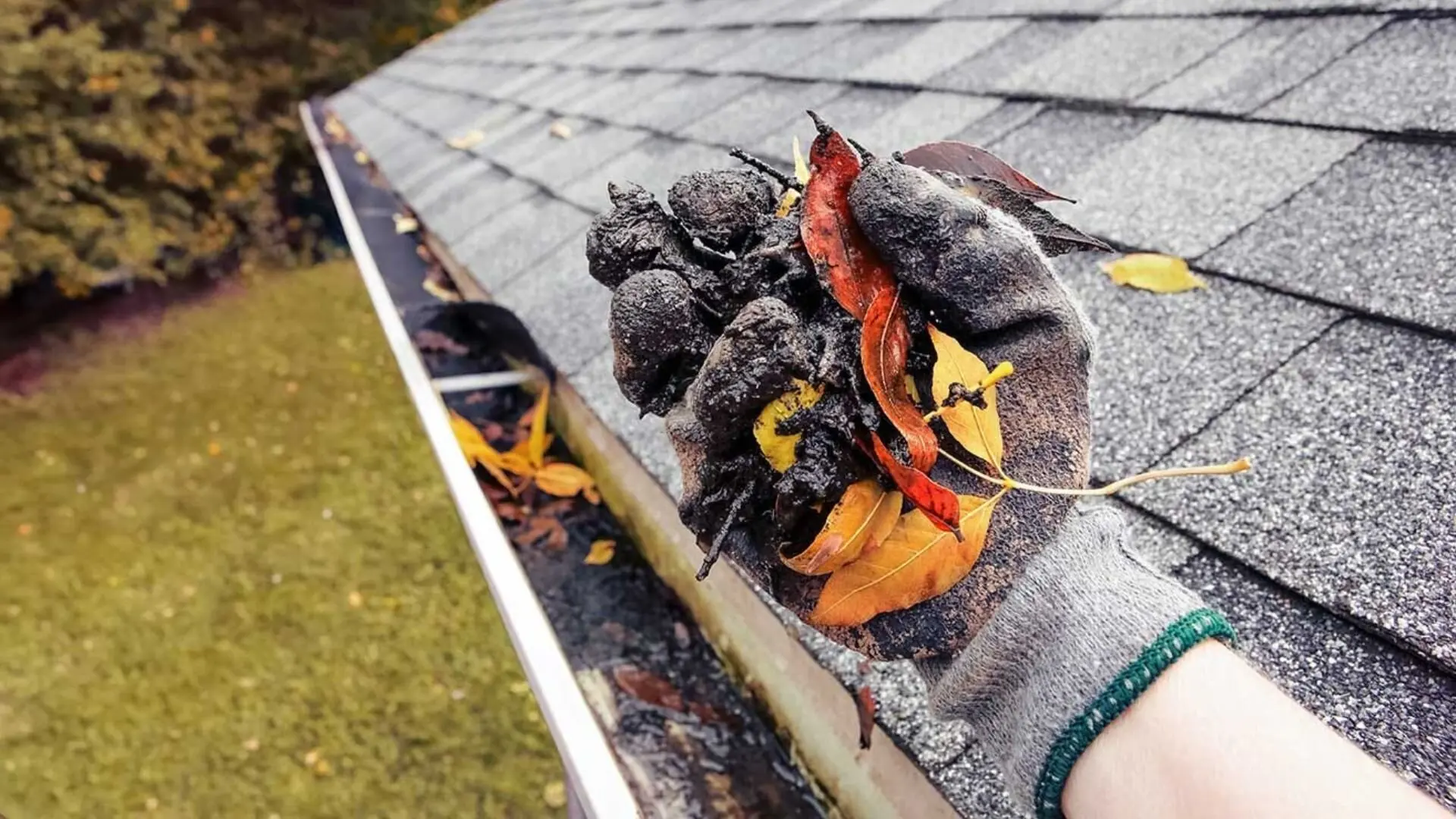Owning a home is a source of pride and a major investment. While some repairs inevitably require professional, proactive maintenance can prevent small issues from spiraling into costly, time-consuming headaches. This article explores five DIY homeowner hacks targeting common problem areas, saving you money and stress in the long run.
Disclaimer: Always prioritize safety. Some projects may necessitate turning off power or water supplies, and working at heights can be dangerous. Assess your abilities honestly and don’t hesitate to call a professional when needed.
1. Gutter Guardians: Keep Debris at Bay
Clogged gutters are a surprisingly destructive force. Overflowing water damages siding, fascia boards, and even your foundation. Here’s how to protect yourself:
- Routine Cleaning: Twice a year (late fall and spring) is ideal. Remove leaves, twigs, and other buildup. Flush gutters with a hose to ensure proper drainage flow.
- Gutter Guards: Consider investing in gutter guards. These mesh or screen-like covers drastically reduce debris buildup. Choose a style that fits your roof and budget.
2. Catch Caulk Catastrophes
Caulk is that unsung hero around windows, bathtubs, and where different building materials meet. Over time, it dries, cracks, and allows in water and drafts. Prevention is key:
- Annual Inspection: Walk the perimeter of your home inside and out. Pay close attention to areas exposed to moisture or extreme temperatures. Look for peeling caulk, gaps, or discoloration in the surrounding surfaces.
- Replace and Refresh: Remove old, compromised caulk with a utility knife or caulk removal tool. Clean the area thoroughly and apply fresh, high-quality caulk suitable for the specific area (eg: silicone caulk for bathrooms).
3. The Hunt for Hidden Leaks
Slow, persistent leaks are insidious. They rot wood, encourage mold, and waste water. Here’s how to find them before they find you:
- The Meter Doesn’t Lie: Turn off all water sources in your house. Check your water meter, wait an hour, and check it again. If there’s a change, you have a leak.
- Follow Your Senses: Musty smells, unexplained damp spots, or warped flooring point to hidden water. Don’t dismiss odd sounds of running water, even if you can’t see the source.
- Toilet Troubles: Add food coloring to the toilet tank. If color appears in the bowl without flushing, your toilet flapper needs replacement – a simple DIY fix.
4. Conquer Dryer Duct Disasters
Lint buildup in your dryer’s exhaust duct is a major fire hazard and reduces appliance efficiency. Keep your home safe:
- Clean the Lint Trap: This should be done after every load.
- Duct De-fuzzing: At least annually, disconnect the flexible duct behind your dryer. Vacuum lint from the duct and where it connects to both the dryer and the wall vent. Consider professional cleaning if you notice signs of blockage.
- Inspect the Exterior: Your dryer vent outside should have a flap that opens when in use. Make sure it operates freely, isn’t jammed with debris, and creates a good seal when closed to prevent pests from entering.
5. HVAC TLC: Breathe Easy and Save Money
Your heating and cooling system works hard. A little maintenance goes a long way in ensuring its efficiency and longevity:
- Filter Fundamentals: Change your furnace filter regularly according to the manufacturer’s instructions. Dirty filters impede airflow, raise energy bills, and strain the system.
- Outdoor Unit Upkeep: Clear a 2-foot area around your outdoor AC unit. Trim back vegetation, and gently rinse away dirt or leaves from the fins (be careful not to bend them).
- Vent Vigilance: Are all your supply and return vents clear of furniture or obstructions? Blocked vents make your HVAC system work harder.
Beyond the Basics
These DIY hacks are a great start to proactive homeownership. Here are a few more ideas:
- Know Your Shutoffs: Familiarize yourself with the main water shutoff, electrical breaker panel, and gas shutoff (if applicable).
- Appliance Manuals: Keep a file of appliance manuals or store them digitally – they’re invaluable for troubleshooting.
- Small Upgrades: Things like weatherstripping, programmable thermostats, and water-efficient fixtures add up to long-term savings.
By being a proactive homeowner, you’ll gain a deeper understanding of your house, save yourself money, and catch problems before they become disasters.








